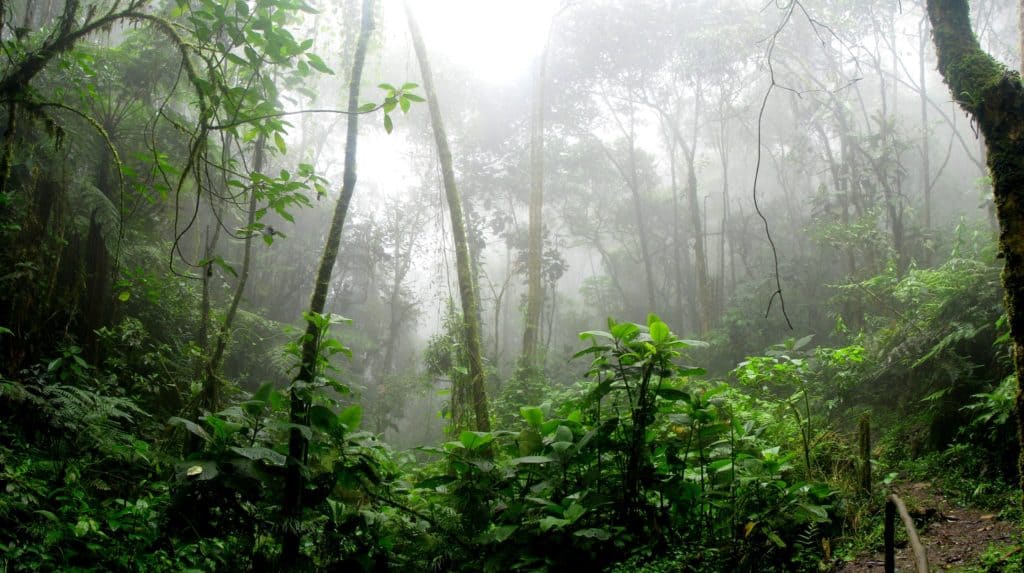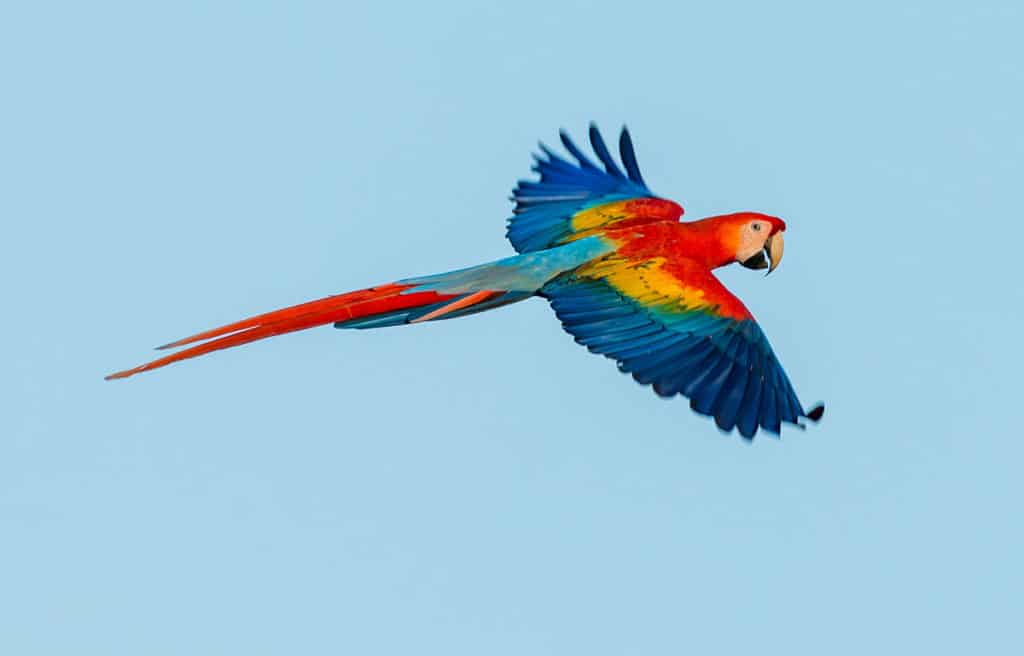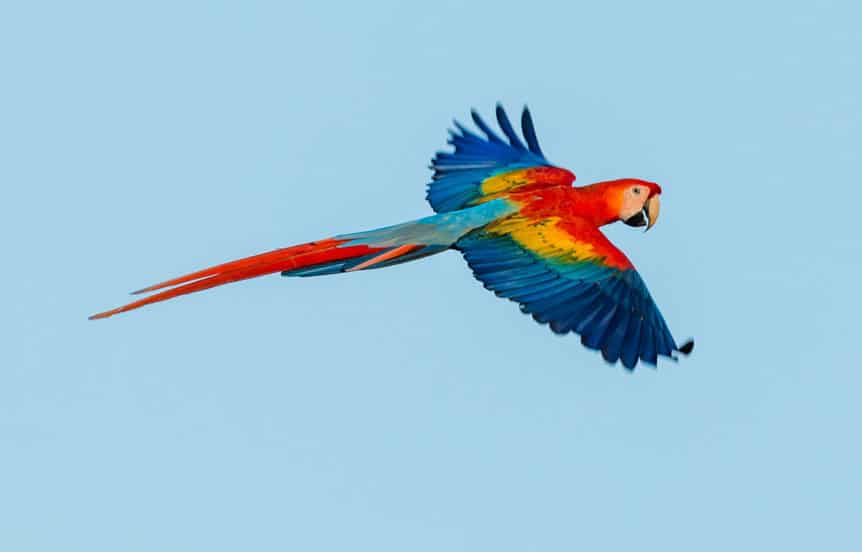
Located where the dry forests of Costa Rica’s Pacific north meet the steamy jungles of the southern coast, Carara National Park is a biodiversity jackpot. This 5,242-hectare gem sits in a transitional climate zone, blending Amazonian and Mesoamerican ecosystems into a wild mash-up of wildlife and greenery. If you’re craving rainforest vibes without the trek, Carara’s your spot—it’s super easy to reach and packed with natural wonders.
Just an hour and a half from San Jose, 22 km from Jaco Beach, and about 70 km from Manuel Antonio, Carara National Park is a breeze to visit. Right off the Pan-American Highway (Route 34), you can park your car and step straight into primary forest. It’s not as crowded as some of Costa Rica’s big-name parks, which makes it a chill alternative for nature lovers who want to dodge the tourist rush.
Why Visit Carara National Park?

Carara’s got a lot going for it. The evergreen forest here is dense and complex, boasting some of the world’s rarest hardwoods—10 of Costa Rica’s scarcest are found right here. The wildlife? Unreal. Think American crocodiles lounging in the Río Tárcoles, great anteaters shuffling through the undergrowth, ocelots prowling silently, spider monkeys swinging overhead, and tiny poison-arrow frogs adding pops of color. With 480 plant species (14 endemic) and 15 pre-Columbian archaeological sites from the Pavas (300 BC–300 AD) and Cartago (800–1500 AD) periods, there’s history and nature in every step.
But let’s talk birds—Carara is a birdwatcher’s paradise. Over 420 species call this place home, from fiery-billed aracaris and toucans to boat-billed herons and trogons. The scarlet macaws steal the show, though. With at least 400 thriving here (thanks to a successful conservation program), you’ll hear their rowdy squawks at dawn and dusk as they zip between the forest and coastal mangroves. Want a front-row seat? Head to the Río Tárcoles bridge just north of the park—it’s a hotspot for macaw flyovers and croc sightings.
Exploring the Park: Trails and Visitor Center
The visitor center, perched 3 km south of the Río Tárcoles along Route 34, is your starting point. From here, you can hit the Las Araceas Nature Trail (1 km loop) or the Universal Access Trail (1.2 km, paved and wheelchair-friendly), which connects to the Quebrada Bonita Trail (1.5 km). For a longer trek, the Laguna Meandrica Trail (4.5 km) runs parallel to the river, but it’s 2 km north of the main entrance and closes during the rainy season (September-October) due to flooding. Most of the park is off-limits to preserve its wild heart, and camping’s a no-go, so plan a day trip.
Guides are available at the visitor center, and trust me, they’re worth it—you’ll spot way more critters with their eagle eyes. You can rent rubber boots there too, which is handy if it’s muddy. Solo explorers, take note: robberies have happened, especially near the Laguna Meandrica trailhead. Park at the ranger station instead, where you can rent secure lockers and chat with rangers about current conditions.
- Hours: May–November: 8 AM–4 PM; December–April: 7 AM–4 PM (daily)
- Admission: Adults $10, Kids (5-12) $5, under 5 free—buy tickets online at SINAC’s website
- Payment: Credit cards accepted
Getting There
Driving to Carara is straightforward. From San Jose, take Route 27 toward Caldera, exit at Tárcoles–Jacó (Route 34) after the Pozón toll, and cruise 14 km. The entrance is 2 km south of the Tárcoles River bridge—home to those giant crocs. A 4×4 isn’t a must, but it’s nice for peace of mind, especially in the rainy season. Waze or Google Maps is your best friend to dodge traffic or wrong turns. No car? Tours from Jaco, San Jose, or Puntarenas often include transport.
Top Things to Do in Carara
Carara’s all about soaking in nature. Here’s what to check out:
Birdwatching: With less dense forests than southern parks, spotting scarlet macaws, toucans, and herons is a cinch. Bring binoculars and a camera with a good zoom.
Hiking: The Universal Trail is easy and accessible, while Quebrada Bonita and Las Araceas offer a bit more adventure. Early mornings are prime for wildlife.
Tarcoles River Boat Tour: Pair your park visit with a cruise to see massive crocodiles and wading birds up close.
Rainforest Skywalk: At the nearby Villa Lapas Reserve, walk hanging bridges through primary forest—it’s a short hop from Carara and a cool add-on.
Quick Facts Table
| Detail | Info |
|---|---|
| Location | Route 34, 90 km from San Jose |
| Size | 5,242 hectares |
| Admission | $10 adults, $5 kids (online only) |
| Hours | 7/8 AM–4 PM (seasonal) |
| Best For | Birdwatching, hiking, wildlife |
| Nearby | Jaco (22 km), Manuel Antonio (70 km) |
Tips for Your Visit
Hit the trails early—wildlife’s most active at dawn, and you’ll beat the heat. Bug spray and sunscreen are musts, and comfy shoes beat flip-flops any day. If you’re staying nearby, Jaco’s got budget-friendly hotels, while Villa Lapas offers a luxe rainforest vibe. Carara National Park isn’t just a stop—it’s a slice of Costa Rica’s wild soul, perfect for a day trip or a detour on your Pacific coast adventure.
Final Thoughts
Carara National Park is a hidden gem on Costa Rica’s Pacific coast—a place where scarlet macaws soar, crocodiles lurk, and ancient forests whisper history. Whether you’re a birdwatching buff, a hiking fan, or just craving a nature fix near Jaco or San Jose, this park delivers without the crowds of bigger-name spots. It’s easy to reach, packed with wildlife, and offers trails for every pace. So grab your binoculars, book that ticket online, and dive into one of Costa Rica’s wildest escapes—you won’t regret it!

